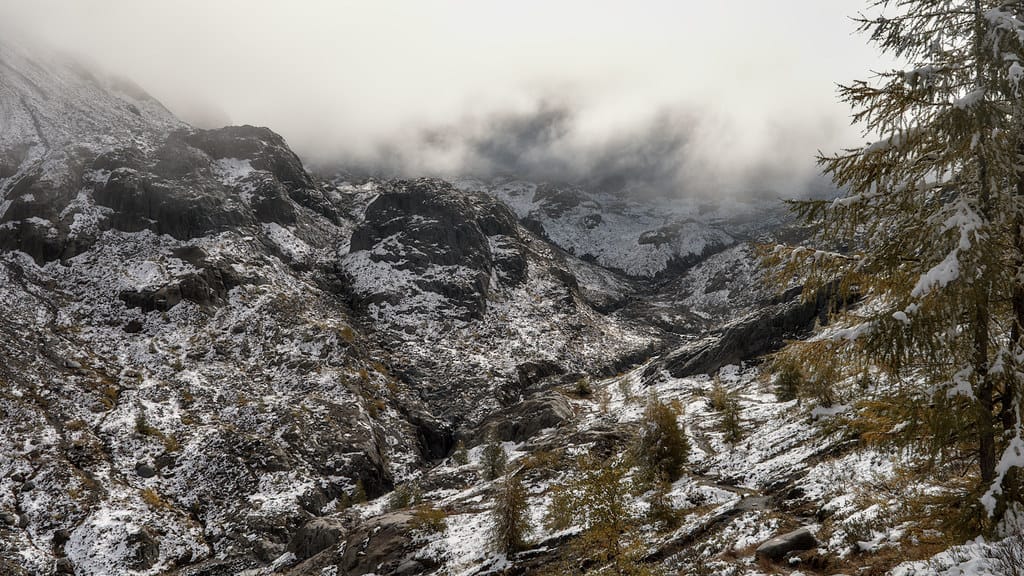Blazing Reality: How Climate Change Is Turning the World's Forests Into Tinderboxes
The statistics are as stark as the charred landscapes they represent: wildfires now burn twice as much forest area annually compared to four decades ago, and climate change is the primary culprit behind this devastating transformation. From California's record-breaking infernos to Australia's catastrophic bushfire seasons, the world's forests are facing an unprecedented threat as rising temperatures and shifting weather patterns create the perfect storm for mega-fires.
The Science Behind the Flames
Climate change doesn't just make fires more likely—it fundamentally alters the conditions that determine when, where, and how intensely fires burn. Scientists have identified several key mechanisms driving this dangerous trend:
Rising temperatures extend fire seasons by weeks or even months, creating longer windows of vulnerability for forests worldwide. In the western United States, fire season now lasts an average of 2.5 months longer than it did in the 1970s.
Changing precipitation patterns leave forests drier for extended periods. Even regions that receive adequate annual rainfall often experience it concentrated into shorter periods, followed by prolonged dry spells that turn vegetation into natural kindling.
Increased atmospheric vapor pressure deficit—essentially how thirsty the air is—sucks moisture from plants and soil more rapidly, creating drought conditions even in areas with normal precipitation levels.
Global Hotspots: A World on Fire
North America: Leading the Charge
The western United States and western Canada have become the poster children for climate-driven fire intensification. California alone has seen six of its ten largest fires in recorded history occur since 2020. The 2020 fire season burned over 4 million acres in California—double the previous record.
British Columbia experienced its worst fire season on record in 2023, with over 2.8 million hectares burned, forcing tens of thousands of residents to evacuate and blanketing major cities like Vancouver in hazardous smoke.
Australia: A Continent Transformed
The 2019-2020 Black Summer bushfires served as a global wake-up call, burning an area larger than Florida and killing over 3 billion animals. Research published in Nature Climate Change found that climate change increased the risk of such extreme fire weather conditions by at least 30%.
Europe and Beyond
Even traditionally fire-resistant regions are succumbing to the new reality. Mediterranean countries like Greece, Spain, and Portugal have seen fire seasons extend into autumn and winter. Northern European forests, including those in Scandinavia and Siberia, are experiencing unprecedented fire activity as temperatures soar beyond historical norms.
The Economic and Environmental Toll
The financial impact of intensified fire weather extends far beyond immediate suppression costs. The United States spends over $3 billion annually on wildfire suppression, but total economic losses—including property damage, health impacts, and ecosystem services—often exceed $100 billion in severe fire years.
Carbon cycle disruption represents another critical concern. Forests traditionally serve as carbon sinks, absorbing CO2 from the atmosphere. However, mega-fires can instantly release decades or centuries of stored carbon, accelerating climate change in a dangerous feedback loop.
Biodiversity loss accelerates as fires burn hotter and more frequently than many species can adapt to. Some ecosystems that evolved with periodic, low-intensity fires now face complete transformation or collapse under the pressure of extreme fire behavior.
Adapting to a Fiery Future
Fire management strategies are evolving rapidly in response to changing conditions. Prescribed burning programs are expanding to reduce dangerous fuel loads before natural fires can exploit them. Indigenous fire management practices, long suppressed by colonial fire policies, are gaining recognition for their effectiveness in creating fire-resilient landscapes.
Technology integration is revolutionizing fire detection and response. Satellite monitoring, AI-powered risk assessment, and automated alert systems help communities prepare for fire threats with unprecedented precision.
Building in the danger zone requires new approaches, with fire-resistant construction techniques and defensible space requirements becoming standard in high-risk areas.
The Path Forward
As climate change continues to intensify fire weather conditions globally, the challenge isn't just managing individual fires—it's fundamentally reimagining how human communities coexist with fire-prone landscapes. Success will require unprecedented cooperation between scientists, policymakers, and communities to develop adaptive strategies that protect both people and ecosystems.
The message from forests worldwide is clear: the age of mega-fires has arrived, and our responses must match the scale of this blazing new reality.

